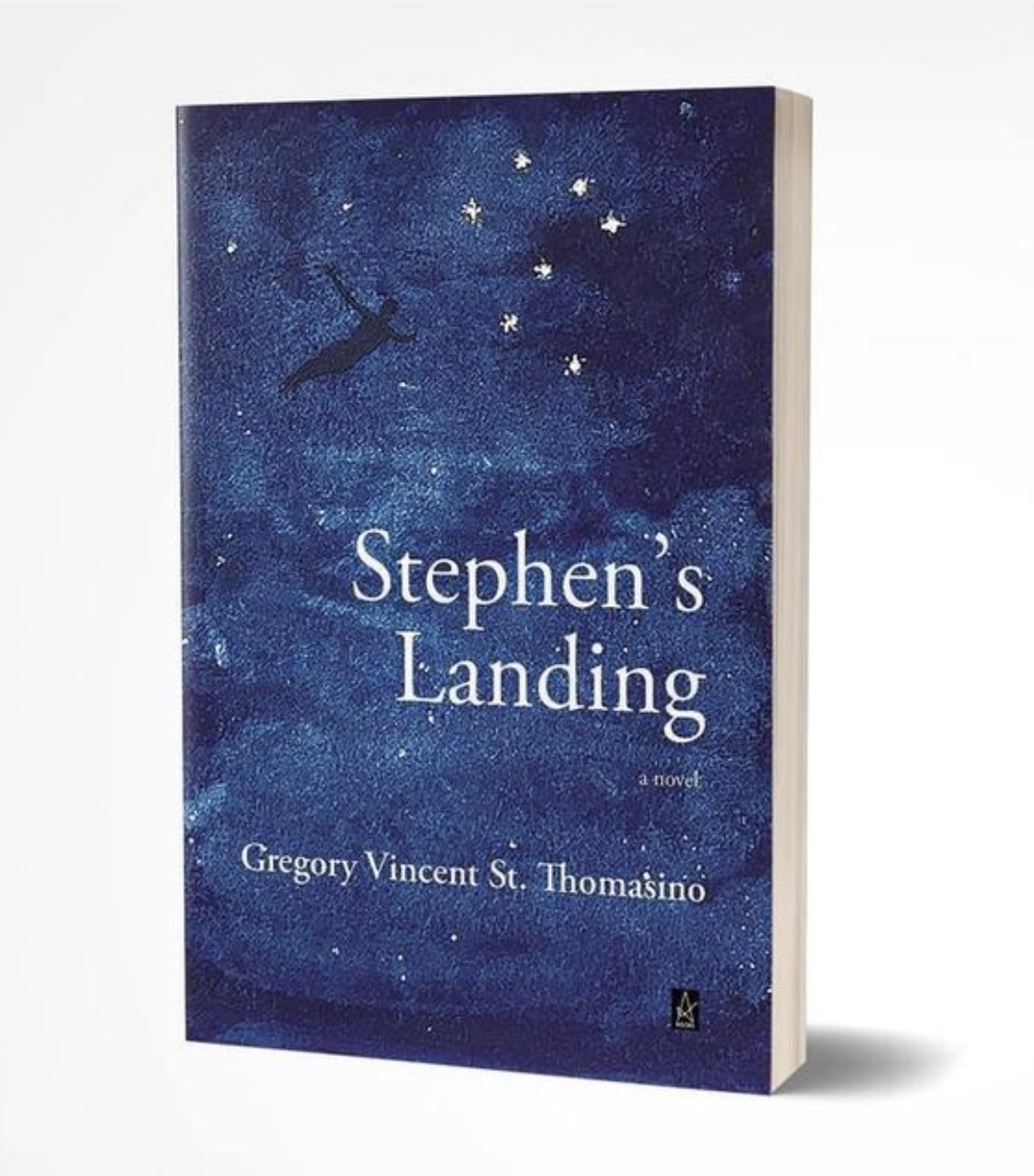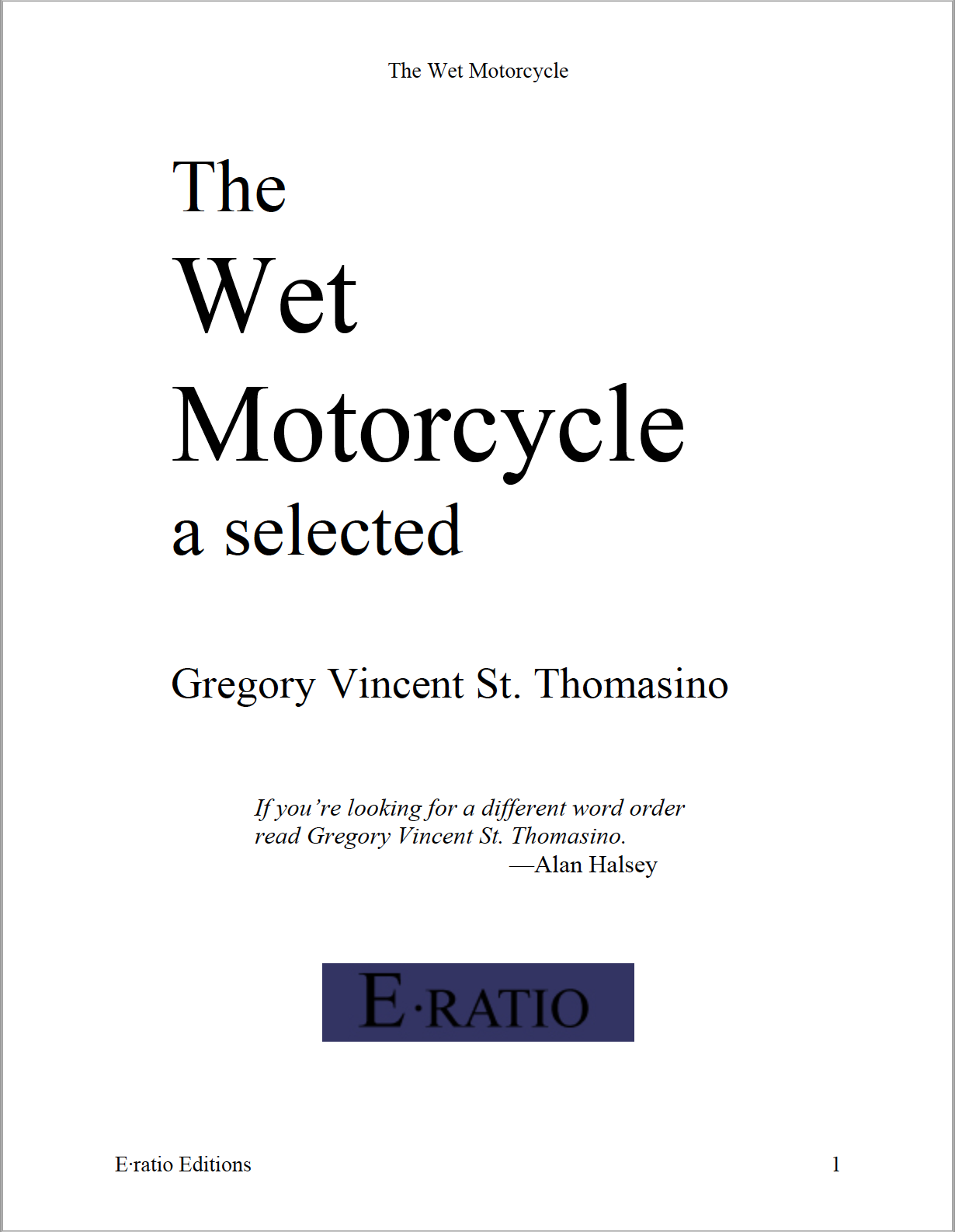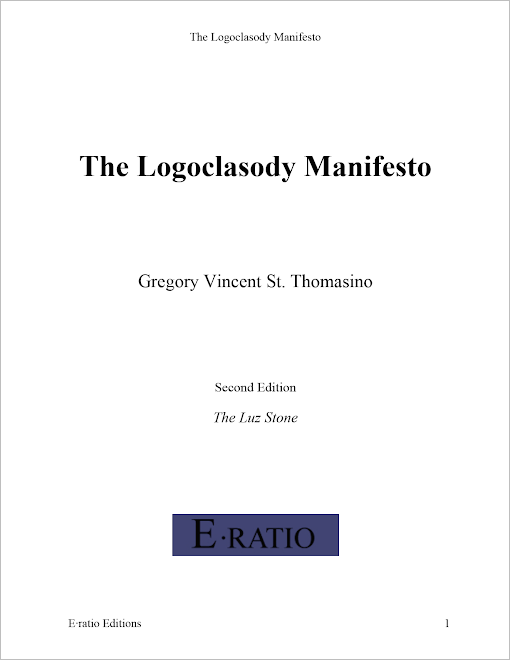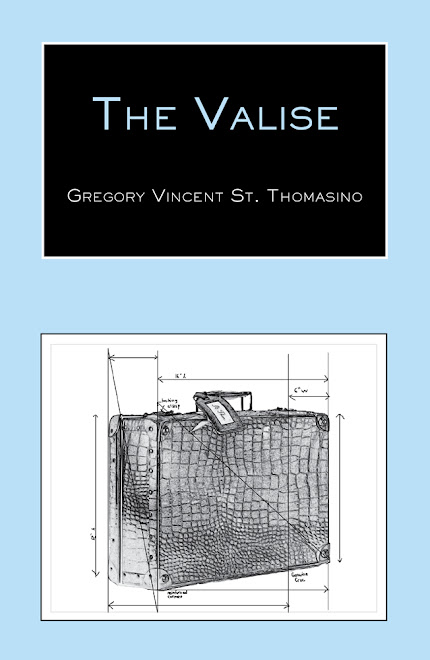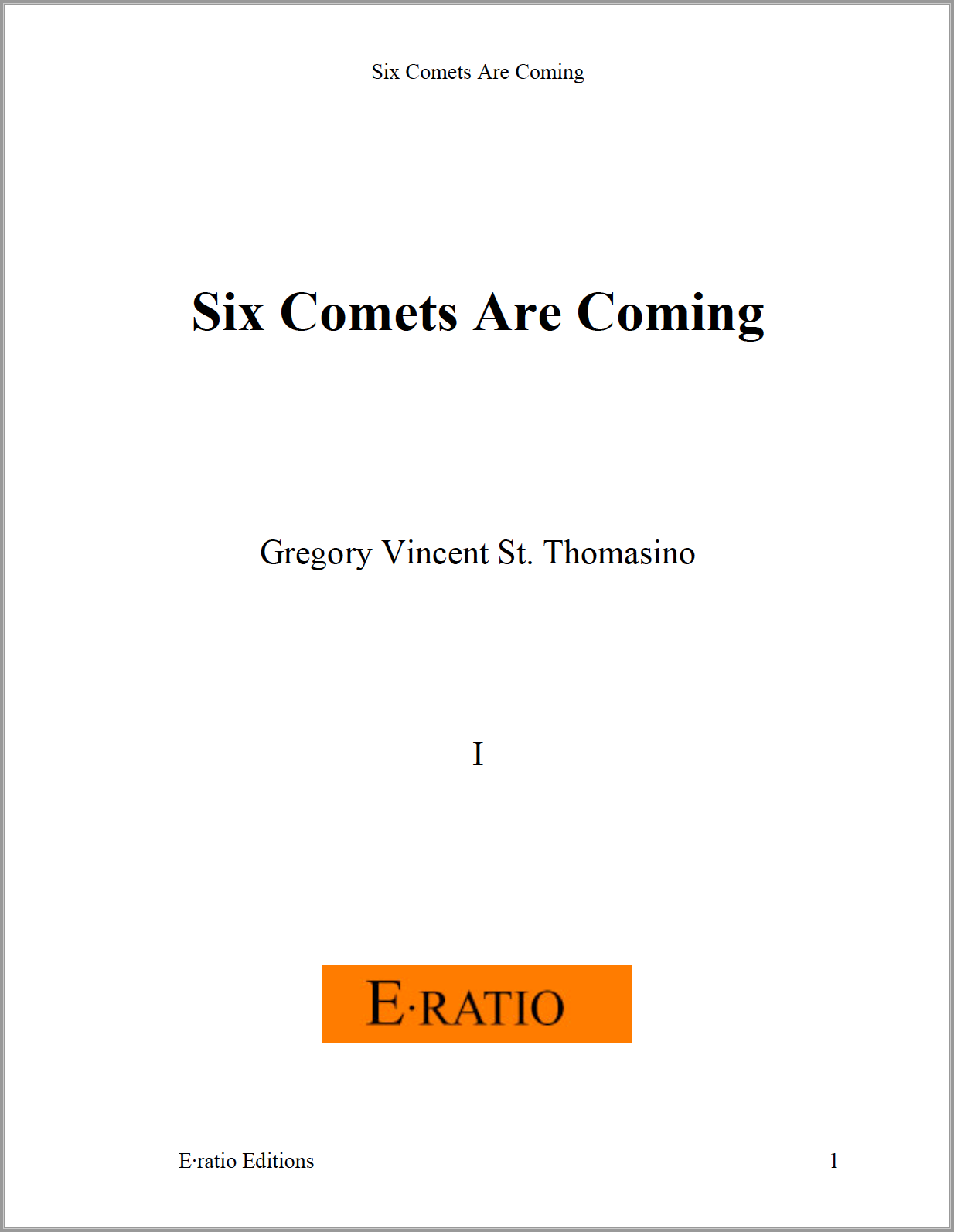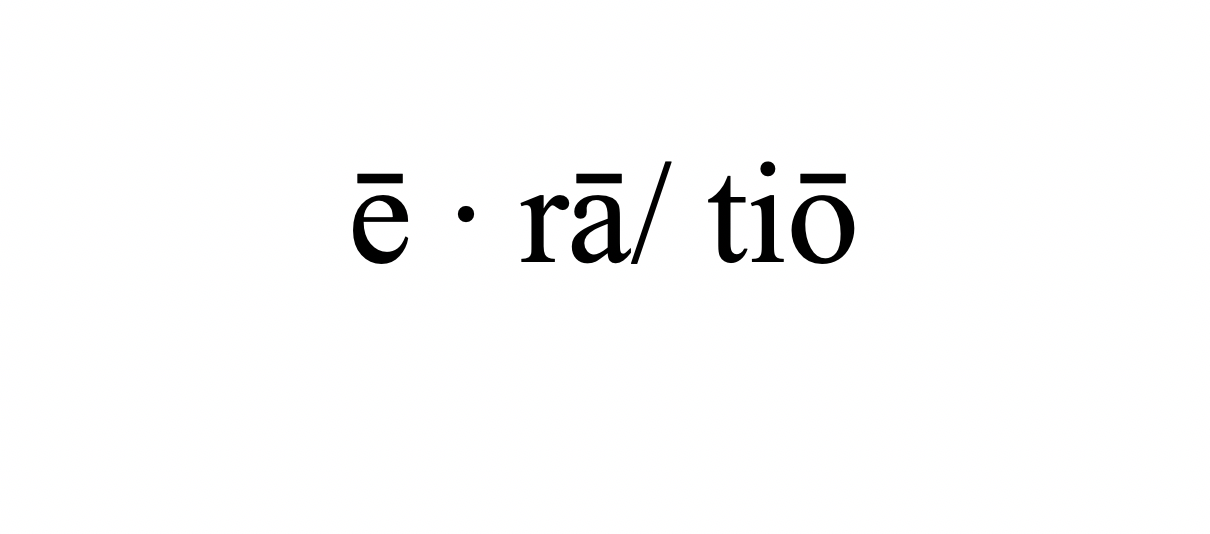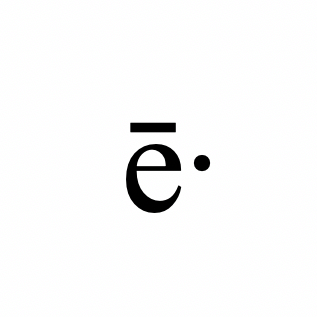Review of the journal JUXTA from Meat Epoch #19, 1996.
JUXTA
(#2, 1995) 977 Seminole Trail #331, Chrlottesville, VA 22901. 78pp. $4.50.
The word juxta is a combining form, a word base used as an element in word formation, meaning near, beside, close by, and we may tend to combine it with position, as in juxtaposition, meaning (all of its implications notwithstanding) a being close together, as in nearness or closeness in space; however we may just as well construe this nearness to appertain to time—to the now (to a parallel and Other now?). Thus Juxta, the new journal by editors Ken Harris and Jim Leftwich, is presenting the writings of our contemporaries, writings that belong to and reflect our time, writings that are happening now and that may be said to represent the first in order of “the new.” Thus tuned, Juxta takes its place alongside other journals of the new in its being representative of what some might call the “otherstream” and of what we here at ME call works of logoclastics.
But the writings in Juxta #2 show such craft and sense of purpose and design; yet each writer seems set on discovering his and her own signature procedure and upon his own point of departure. These points of departure may leave a common ground, an open or community sense of antecedents, but those first and further steps in advance are as personal and singular and idiosyncratic.... The character of peoples as revealed by their vocabularies? Yes! If poetics experimentation is to be a search, and not “just” a testing of the trustworthy, then it must be a search after form and idiom. Form cannot be dispensed with, it is essential even when it is not obvious. It’s best not to plant for form; use good seed and earth, and water on time; form is what comes into bloom. In Juxta #2 we find idioms so diverse as Bob Grumman’s in his “Cryptographiku No. 3” and Spencer Selby’s in his overlay of text and image, and John Perlman’s in his “These Thresholds Crossed.” If you are unfamiliar with these names, then boy, do I envy your surprise.
Outstanding among our prose works is the Susan Smith Nash essay/review of James Chapman’s novel, Our Plague: A Film from New York. Here she discusses the theme of apocalypse (being the stark and shared awareness of imminent death and alienation as this is communicated in the "film") as a strategy for reconnecting the ostracized and marginalized Other to the mainstream culture. This does depend on the reader’s (indeed, the mainstream culture’s) will to make the leap of empathy. What in part prevents this “leap” from occurring are the metaphors for social perception that in reaction to AIDS, and to other illnesses, have come about. These metaphors give the mainstream culture the illusion of safety and immunity and, in the case of AIDS especially, function to justify prejudice and hostility and the very act of objectifying. Employing Sontag and other writers, Ms. Nash discusses these metaphors as they affect the state of mind of the ostracized Other, the person suffering with AIDS. The apocalypse strategy, as it pertains directly to the "film’s" protagonist, is in nowise a treatment or restorative, but is the term reflected off what seems a physiological phenomenon that occurs just prior to death; what occurs is a vivid “fever dream,” an hallucinatory fugue state that in the "film" takes the form of a disjunctive photomontage. (Whether Chapman’s "film" is a documentary or a dramatized account is not clear and is perhaps irrelevant. But this “fever dream” may be the result of a release of endorphins, peptide hormones that have the pharmacologic properties of opium.) It is by way of the depiction of this fugue state (revealing the degree of subalterity that the protagonist has suffered, first for being HIV positive, and second for developing an awareness of his own imminent death, an awareness of the end of the world) that the sense of apocalypse (and so the apocalypse strategy) is communicated and thus the reconnection may occur: “Thus the apocalypse presented in Our Plague is one which reconnects the ostracized Other to the culture. The idea of connecting through the shared experience of pain is particularly effective because it brings about the realization that we all possess a body, and thus we are subject to the same intimations of our own mortality.” Ms. Nash is an engaged and engaging writer with an incisive and authoritative voice and an increasing mastery of the language. She is testimony to the tonic effect clarity and exactness have on the mind. Our Plague: A Film from New York [1993], is published by Fugue State Press. Next there is Jake Berry, who in his declarative composition, Creative Transfinity, proposes something on the order of a heterodox plurality. The time of the heretics is come! Mr. Berry’s composition brings a passage out of Heidegger to mind that I shall offer here as an addendum: When the creators vanish from the nation, when they are barely tolerated as an irrelevant curiosity, an ornament, as eccentrics having nothing to do with real life; when authentic conflict ceases, converted into mere polemics, into the machinations and intrigues of man within the realm of the given, then the decline has set in. For even if an epoch still strives to maintain the inherited level and dignity of its being-there, the level falls. It can be maintained only if it is at all times creatively transcended. Or else: “Yo soy yo y mi circunstancia.”
John Noto writes on New Synthesis poetics, its antecedents and its values, with reference to Charles Borkhuis, and Adam Cornford. Will Alexander’s prose, from his Sunrise In Armageddon, speaks a language of primurgenial morphogeny: “I’ve grown, I’ve come to understand the fracas that all my blood has watered, the fracas of my chiseled blood bearing ices. When one has opened a plenum of microbes, when one has pierced all galactic possibilities, the erratic persona can live without abatement, and begin to exist for the cherished interior sculpting that has finally taken root in my essence. I’ve set aside all the animal favours I once descended upon my person even in my thirst for anomalous disaster. I’ve always trained my heart to listen to my own anomalous connivings, to listen to my bickering impasse gales, so as to give myself the smouldering recognition of one who literally exists without name.” And in M. Kettner’s Popular Apocryhpha, An Essay, still another sense of our despair and misengagement is spoken to: “The way out is at least a brief carousel ride, if not a total plunge into infinity.” But yes, Holden, around and around. And the song of the spheres? Oh, Marie!
There is poetry by John Perlman from his Texture Press book The Natural History of Trees. New poems by Sheila E. Murphy, Jake Berry (including some pages from his Brambu Drezi, Book Two), John M. Bennett (including from his Luna Bisonte Prods book Blind On the Temple), Charles Borkhuis, Adam Cornford, Peter Ganick, and others....
Juxta #2 is sewn and perfect bound, 8 3/8 by 5 1/2. Advertisements are welcome.
Review of Irving Weiss's Visual Voices from Meat Epoch #19, 1996.
Some Notes after Irving Weiss’ Visual Voices
(1994, The Runaway Spoon Press, ISBN 0 926935 95 X)
“To use the intellect to make ourselves conscious
of the automatisms inherent in our handling of the alphabet.”
—Karl Gerstner, Compendium for Literates
The visual poem has become a genus of poetry unto itself. When we speak of “visual poetry,” we no longer have in mind or make reference to just the pattern (or shape, or emblematic) poem (I prefer to call these eidetic poems—from the Greek eidos, meaning “that which is seen”—because the idea is given directly to the eye and thus a mental image is formed—one is interpreting a figure which seems to be external, in contrast with the interpretation of words as such) in the manner of George Herbert’s Easter Wings, his Altar, or his Cross, or Lewis Carroll’s Mouse’s Tale, or John Hollander’s Swan and Shadow, but we may be speaking of an ever extensible field or genre of poetry (yea, writing) with respect to which we can discern common characteristics according to which the eidetic poem is but one species unto a genus. Of these common characteristics, it will be sufficient to our purpose (but presently we shall treat these in some detail) to say that as a general rule, the visual poem, or visual writing as such, shows as well as or in addition to what it tells, and these two ends are complementary in their exemplification. As a general rule, the visual poem has available to its reader the occasion or opportunity for a double (yea, a potentially multifold) and often (but not necessarily) coinciding, if not simultaneous, interpretation (or understanding). I would hold these by admission preliminary and decidedly abstract rules to apply to the Pompeian Paternoster, up to and beyond Herbert to Filippo Tommaso Marinetti, to now.
With Irving Weiss’ lively and often arresting lab-book of experiments in visual writing, Visual Voices (The Poem As a Print Object), we open upon a series of such events ostensibly aimed at translating—perhaps we ought to say, transmogrifying—the “voices” of a selection of the most highly esteemed poets of the Western canon into a “visual poetry” medium or form. Subsidiary to this end (and what is quite a pursuit in itself), Mr. Weiss explores, and explodes, the parameters of what we shall in these pages call the poetic template.
(The book is designed so that the originals—ostensibly, the voices—appear on verso pages, while the visuals then appear on recto pages. The originals—or what are here specific points of departure for Mr. Weiss—are each headed by an object hypothesis—a statement given as to the concept, the objective, Mr. Weiss’ reason for writing. This “title” heads the title of the original. Often the object hypothesis will be supplemented by a footnote further explaining Mr. Weiss’ motive and objective. For instance: Above a 12 line fragment of John Keats’ 404 line “Sleep and Poetry” is added, Telescopic Piece of Poem Marching in the Poetic Firmament, and below it is added, “The poem is seen here from an ‘astronomical’ distance in appropriate recognition of its theme.” Its theme.... When we turn to the visual, we are met with a series of widely spaced letters, their congruity intact—but as though we are peering through a telescope, and the letters are as stars unto a constellation.)
Our theoretical point of departure is “the poem as print on the page and the traditional consciousness of print as a repertory of visible choices.” Mr. Weiss proceeds on a reordering, a recreating of the traditional elements of print, of the space between letters, words and subdivisions of the poem, and the fundamental space that is the page, as these occur in the works of these esteemed poets, all or most of whom wrote before the invention of the typewriter (in 1867) and all of whom we must then presume wrote in longhand; this last point is of great importance, as it goes to Mr. Weiss’ proposition that the poem in its longhand form, or appearance, is inherently different from, and influences the reader differently than the poem that is typewritten or typographically set on the page; this difference in composition also acts upon the poet, as typewriting presents possibilities that do not obtain to longhand. It is important to note, that this difference appertains to the eye, and not to the ear as such. Additionally, Mr. Weiss intends an “affront” to what he takes to be the “smugness” of the printed page or “ground” (with its double sense of foundation as substrate or surface, and as standard of valuation or logical basis) upon which the writing is put down.
When he succeeds, as he frequently does, in his reordering of these classics of the Western canon, the heuristics of his method uncover a poetics unrealized in the originals or in fact unavailable at their time of composition.
Just as frequently, however, the poem, in Mr. Weiss’ hands, for all its considered ability to transform perception, becomes a wholly self-referential object, the McLuhan/Fiore maxim to the nth degree; the poem no longer means or represents, it only is—and it could just as easily not have been. This is not to say that Mr. Weiss reduces the poem—and all that the poem has traditionally been, the signature of a distinct identity, for instance—to but an arrangement of print on the page, to but a mere print object or graphic design (though after all, he is silencing, or erasing, a distinct voice—a voice he purports to make visual—he is expunging history, and replacing it with a for the most part neutralized picture—in effect killing off the significance, but leaving intact yet suggestive if indeterminate signifiers), rather, as the poem as such recedes, he manages to conserve and draws forward those characteristics of poetry that have traditionally gone unnoticed, or have been taken for granted, namely the mind that moves the hand that holds the pen that spills the thought across the page—some ghost or sense of the original poem in somewise remains, if simply by virtue of the presence of its title and the poet’s name, two elements which in and of themselves can act upon a literate intellect—and namely, but what is most important to Mr. Weiss’ purport, the poetic template that is born of Man pursuing black upon white—it is here lies the crux and true worth of his endeavor.
What I am here referring to as the poetic template is the outlining pattern or eidos that (certainly traditionally, but then in visual poetry as well and with a sense all its own) coincidentally accrues to the poem upon its being quilled or scripted or inscribed or however recorded or preserved, or reproduced, whether by handwriting or typewriting or typographical (or word processor) design. The poetic template, generally speaking, consists of the margin and the indentation. The poetic template corresponds, is communicated to, the eye; it is seen and it is read (interpreted and understood), but it is not, strictly speaking, heard or recited.
In Mr. Weiss’ translations, the poetic template (so too the poet’s voice and thought) is made all the more conspicuous given its new-found deformation (for the most part it is rendered obliquely); indeed, it is just this that he construes to be so much “smugness.” For it is precisely the poetic template towards which he intends his “affront.” (Do note: It is the poetic template that undergoes a dislocation in open field poetics! Predominantly, a dislocation of the margin. For while open field eschews the uniformity of the (nevertheless elastic) poetic template, it freely admits of anything and everything else. And yet, not unintentionally, while the open field procedure eschews the “traditional” margin and indentation poetic template, it brings to the page a poetic template—of margins and indentations and subdivisions—all its own. An outstanding instance of this is found in Larry Eigner’s early “Six Poems.” The open field poetic template—while certainly in a sense eidetic—is in nowise anterior to the poem, is in a manner of speaking interior to the poem, and is properly given to insight and inference.)
It did seem, at first, that Mr. Weiss would, would indeed in effect if not in actuality make visual the poet’s voice—or more readily, the poet’s thought, so much as this can be allowed; a clear instance or illustration of this would amount to something on the order of Herbert’s Easter Wings. We should expect an understanding of the poet’s text, or thought (to occur to Mr. Weiss), and then a visual or eidetic representation of that thought, or theme, to accompany the text. What is the case with Easter Wings, the text is reordered so (by the printer on command of the poet!) to represent Herbert’s imagery in visual or eidetic fashion. Thus Easter Wings is in a sense increased, is in a sense two poems (and both are complementary in their exemplification); there is the strictly textual poem, the word for word, verbal poem we may read aloud, and then there is the eidetic poem, or figure (yea, the Gestalt law Prägnanz—conveying the essence of something) that feeds the eye and the sensibilities but such as does an icon, a sacred icon. (As figures are usually seen as more meaningful, and so are more easily remembered.)
But this is not exactly what Mr. Weiss succeeds in doing; rather, he presents what is his very own spin (as per his object hypotheses) in a “visual” form on these yet fecund pieces—disregarding, yea, discarding their once? significance entirely.
Thus in Visual Voices, Blake’s tyger is all to-do amidst a jungle of predatory signs, the hair on its tayl stands erect, John Milton’s Paradise Lost—having passed through so many readers’ mental coin-box, having been subject to countless exchange—is gaining new currency, re-aborn less its argument in prose as but one half, the top half, of a could-be visual contradiction, and George Herbert—but again not his Easter Wings, where in early editions the lines are printed vertically to represent the figure of wings on the page (to Eliot this seemed but an elegant trifle)—is subject to something of bad weather.
Mr. Weiss eschews partiality in the poem, as well as the statement as such; he draws freely upon the Metaphysical poets, but appears also to eschew their metaphysical wit. Should we be grateful the Areopagitica is in prose?
In his introduction, Mr. Weiss provides something of a disclaimer to the effect that his “interpretive strategy” is not to effect a “deconstruction” of these texts: “I am interested primarily in the ways in which print levels poems into poetry and separates itself from the poems it serves.” Mr. Weiss is correct, he has not effected a deconstruction of these texts; it is more on the order of a transmogrification. When he writes that print levels poems into poetry, what he means is not poetry, but the poetic template. What he has separated from these poems, these voices, is their signification, the bond that holds between.
Monday, September 04, 2006
Friday, September 01, 2006
Subscribe to:
Posts (Atom)


